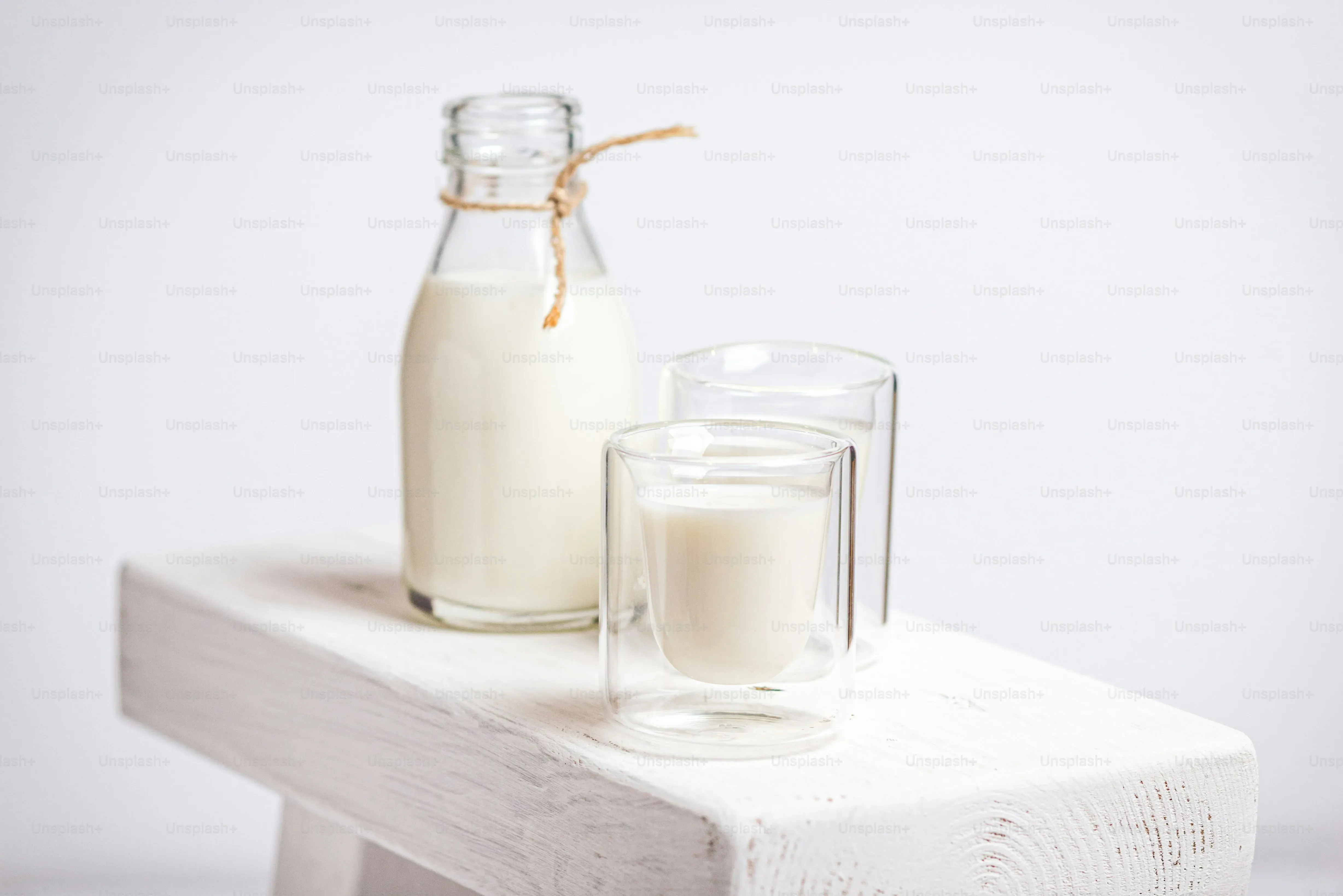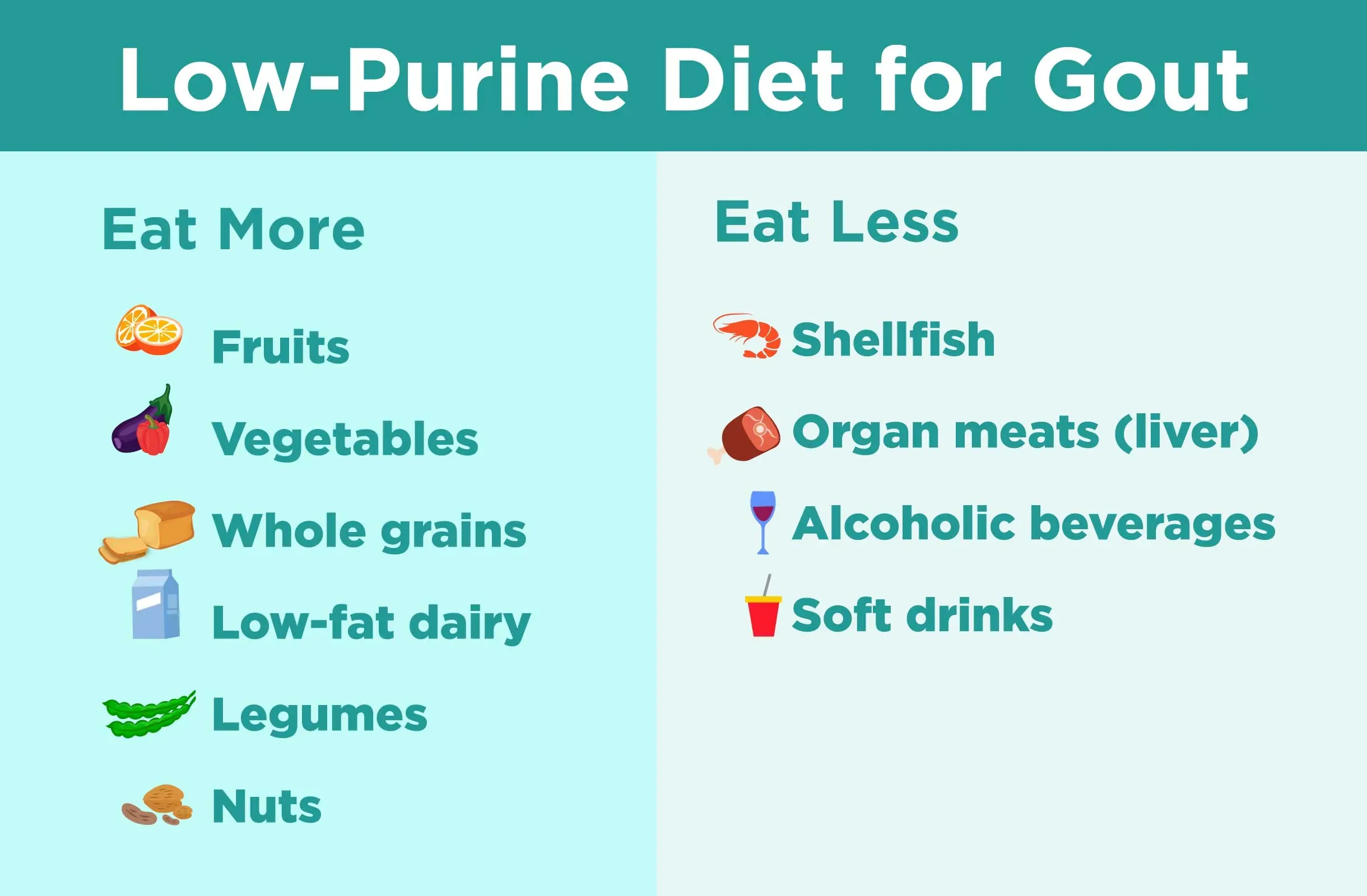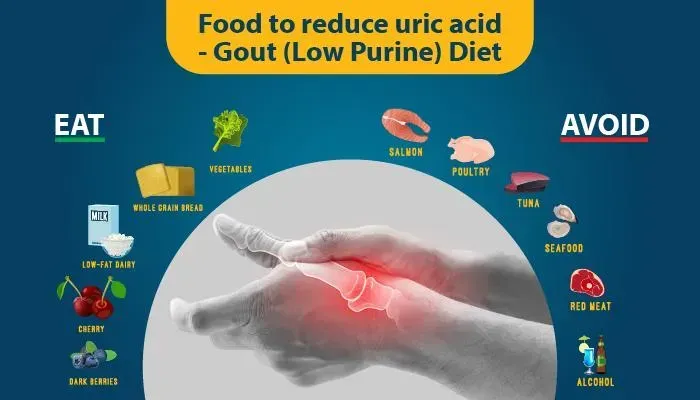Table of Contents
Dealing with gout flare-ups or simply managing high uric acid levels can be a real pain. It's like having a tiny, angry crystal factory operating in your joints. Many folks look for straightforward ways to get those numbers down without resorting to medication right away. Diet is often the first battlefield, and for good reason – what you eat and drink directly impacts your body's chemistry.
Understanding Uric Acid and Gout

Understanding Uric Acid and Gout
Alright, let's talk about uric acid. Think of it as a natural byproduct in your body, like exhaust fumes from a car. It's created when your body breaks down substances called purines. Purines are found in pretty much everything, but they're particularly high in certain foods and drinks. Normally, your kidneys are like efficient little filters, getting rid of most of this uric acid in your urine. But sometimes, things go wrong. Either your body makes too much uric acid, or your kidneys aren't getting rid of enough. When that happens, the levels in your blood rise. If those levels get too high, uric acid can form sharp, needle-like crystals, often in your joints, especially that big toe. That, my friend, is gout – an absolutely brutal form of inflammatory arthritis that can make even the thought of a sock unbearable.
Dietary Factors Influencing Uric Acid
Purine-Packed Culprits
so we know uric acid comes from breaking down purines. And guess what? Some foods are absolutely loaded with them. Think of the usual suspects that get blamed for gout attacks. We're talking about things like organ meats – liver, kidneys, that sort of stuff. Also, certain seafood, especially shellfish and some fatty fish like sardines and anchovies, are notorious purine bombs. Red meat, particularly in large amounts, also contributes significantly. It's not just about avoiding these entirely for everyone, but if you're struggling with high uric acid, dialing back on these is usually step one. It's like reducing the raw materials going into that crystal factory we talked about.
Other Dietary Influences on Uric Acid Levels
Beyond the obvious purine sources, other things you consume can mess with your uric acid levels. Fructose, a type of sugar found in sugary drinks and many processed foods, is a big one. Your body processes fructose in a way that can actually increase uric acid production. Alcohol, especially beer, is another major offender. Beer has purines itself, and alcohol, in general, impairs your kidneys' ability to excrete uric acid. It's a double whammy. So, while cutting down on steak and sardines is crucial, don't forget about the sodas and happy hour pints. They can be just as problematic, sometimes more so depending on how much you're consuming.
To recap some key dietary points:
- Limit organ meats (liver, kidney, etc.).
- Reduce intake of high-purine seafood (sardines, anchovies, shellfish).
- Moderate red meat consumption.
- Avoid sugary drinks and foods high in fructose.
- Go easy on alcohol, especially beer.
- Stay hydrated with water – helps those kidneys flush things out.
Can Low Fat Milk Reduce Uric Acid? The Evidence

Can Low Fat Milk Reduce Uric Acid? The Evidence
The Dairy Connection: Is it Real?
so you've heard the warnings about purines, fructose, and beer. Pretty standard stuff if you're trying to duck gout attacks. But then someone mentions milk. Specifically, low fat milk to reduce uric acid. Your first thought might be, "Seriously? Milk? How does *that* fit in?" It feels a bit out of left field when you're focused on avoiding the usual suspects. For years, some believed all protein was bad for gout, lumping dairy in with meat. Turns out, that thinking was a bit too simplistic. The conversation shifted as researchers started looking closer at *what kind* of protein, and other components, were in dairy and how they behaved in the body.
What the Studies Actually Show
This is where things get interesting. Contrary to the old protein fears, several studies have actually found an *inverse* relationship between dairy intake and uric acid levels or gout risk. That means people who consume more dairy, particularly low-fat varieties, tend to have lower uric acid or fewer gout episodes. It's not just a one-off finding; multiple research projects, including some large-scale ones, have pointed in this direction. They weren't just guessing; they tracked people's diets and their uric acid levels or gout diagnoses over time. The results started painting a picture that dairy, especially the low-fat kind, might not be the enemy, but potentially an ally.
So, what did these studies generally find?
- Higher low-fat dairy intake associated with lower serum uric acid levels.
- Increased dairy consumption linked to a reduced risk of gout flares.
- The effect seems more pronounced with low-fat or fat-free dairy compared to full-fat.
- Specific dairy components, not just the absence of purines, might be at play.
Pinpointing the 'Why': How Milk Might Help
So, if the evidence suggests low fat milk can reduce uric acid, the next logical question is *how*? It's not like milk is magically dissolving uric acid crystals. The leading theory points to the proteins found in milk, specifically casein and whey. These aren't the same purine-rich proteins you find in organ meats. Research suggests that these dairy proteins might actually help increase the excretion of uric acid by the kidneys. Think of it like giving your kidney filters a little tune-up or a gentle nudge to work more efficiently at clearing out that uric acid. There's also some thought that certain compounds in dairy might influence how your body handles uric acid production, though the excretion mechanism seems to be the stronger explanation currently. It's a complex biochemical dance, but the key takeaway is that specific elements in milk appear to interact with your body's uric acid management system in a beneficial way.
Beyond Low Fat Milk: Other Dietary Approaches to Lower Uric Acid

Beyond Low Fat Milk: Other Dietary Approaches to Lower Uric Acid
Adding Uric Acid-Friendly Foods and Drinks
so we've chatted about how low fat milk might lend a hand in the uric acid battle. But let's be real, milk isn't the only player on the field. There's a whole team of other foods and drinks that can help keep those uric acid levels in check. Think of fiber-rich foods – fruits, vegetables, whole grains. These aren't just good for digestion; they can help your body manage all sorts of things, including how it processes waste products like uric acid. Cherries, in particular, have gained a reputation, and some studies suggest they can reduce gout attacks, possibly by lowering uric acid or reducing inflammation. Coffee also seems to have a protective effect for many people, though the exact mechanism isn't fully understood. It's about building a diet that doesn't just avoid the bad stuff but actively includes the good.
Hydration, Weight, and Overall Patterns Matter
Beyond specific foods, the bigger picture of your diet and lifestyle plays a massive role. Staying properly hydrated is incredibly important. Water helps your kidneys do their job – flushing out waste, including excess uric acid. If you're dehydrated, that process slows down. Managing your weight is another critical factor. Carrying extra pounds, especially around the middle, is often linked to higher uric acid levels and a greater risk of gout. Losing weight gradually through diet and exercise can make a significant difference, but crash diets are a bad idea – rapid weight loss can actually *increase* uric acid temporarily. It's less about a magic bullet and more about consistent, healthy habits that support your body's natural ability to regulate things like uric acid.
Consider these dietary allies in your uric acid management:
- Drink plenty of water throughout the day.
- Increase intake of fruits and vegetables, especially cherries.
- Choose whole grains over refined carbohydrates.
- Consider moderate coffee consumption if you already drink it.
- Work towards and maintain a healthy body weight.
- Avoid rapid weight loss or fasting.
Making Low Fat Milk Part of Your Plan to Reduce Uric Acid

Making Low Fat Milk Part of Your Plan to Reduce Uric Acid
Simple Swaps for Daily Intake
so we've seen the evidence pointing towards low fat milk helping to reduce uric acid levels. The big question now is, how do you actually *do* this? It's not complicated. Think about where milk or dairy products already fit into your day, or where they could. Instead of reaching for that sugary soda or juice with breakfast, grab a glass of skim or low-fat milk. Use it in your cereal, blend it into a smoothie with some gout-friendly berries, or add it to your coffee instead of creamer. If you're a yogurt fan, opt for plain, low-fat yogurt – it offers similar benefits and can be a great snack or base for meals. It’s about making simple swaps that incrementally increase your low-fat dairy intake throughout the day without feeling like a drastic diet overhaul.
How Much and What Type?
You don't need to drown yourself in milk to see potential benefits. Most studies linking dairy to lower uric acid looked at moderate consumption. Think a couple of servings a day. A serving could be a glass of milk (about 8 ounces), a small container of yogurt, or a piece of low-fat cheese. The key seems to be consistency. As for type, the research specifically highlights *low-fat* or *skim* milk and dairy products. Full-fat dairy, while not necessarily high in purines, doesn't show the same beneficial effect on uric acid excretion and adds saturated fat, which isn't ideal for overall health goals, especially if weight management is also a factor. So, stick to the reduced-fat or fat-free versions when you're aiming for that low fat milk reduce uric acid effect.
Here are some easy ways to add low-fat dairy:
- Swap your morning beverage for skim milk.
- Use low-fat milk in recipes (sauces, soups).
- Have a serving of plain low-fat yogurt as a snack.
- Add low-fat cheese in moderation to meals.
- Make smoothies with low-fat milk and fruit.
Integrating into Your Overall Diet
Adding low-fat milk to reduce uric acid isn't a magic bullet; it works best as part of a broader healthy eating pattern. Remember those other dietary factors? Continue limiting high-purine foods, avoiding sugary drinks and excessive alcohol, and staying well-hydrated. Think of the low-fat milk as one piece of the puzzle, supporting your kidneys and potentially influencing uric acid metabolism. It's not permission to suddenly eat more red meat because you're drinking milk. It's about building a sustainable diet that reduces the total load on your system and helps your body process uric acid more effectively. Chatting with a doctor or a registered dietitian is always a smart move to tailor these general guidelines to your specific health needs and ensure this approach fits with any other conditions or medications you have.
Final Sip: Does Low Fat Milk Really Help Reduce Uric Acid?
So, after looking at the evidence, the idea that low fat milk can help reduce uric acid isn't just an old wive's tale. Studies suggest that the specific proteins in dairy, especially skim and low-fat varieties, seem to help your body get rid of uric acid more efficiently. It's not a magic bullet, mind you, and it won't erase years of poor dietary choices overnight. Think of it as one tool in the toolbox for managing gout and high uric acid. Combining it with other proven strategies – cutting back on sugary drinks, limiting purine-rich foods, staying hydrated, and maintaining a healthy weight – gives you the best shot at keeping those painful flare-ups at bay. Adding a glass or two of low fat milk might be a simple, palatable step towards a less gouty future, but consistency across your entire diet is what truly moves the needle.
